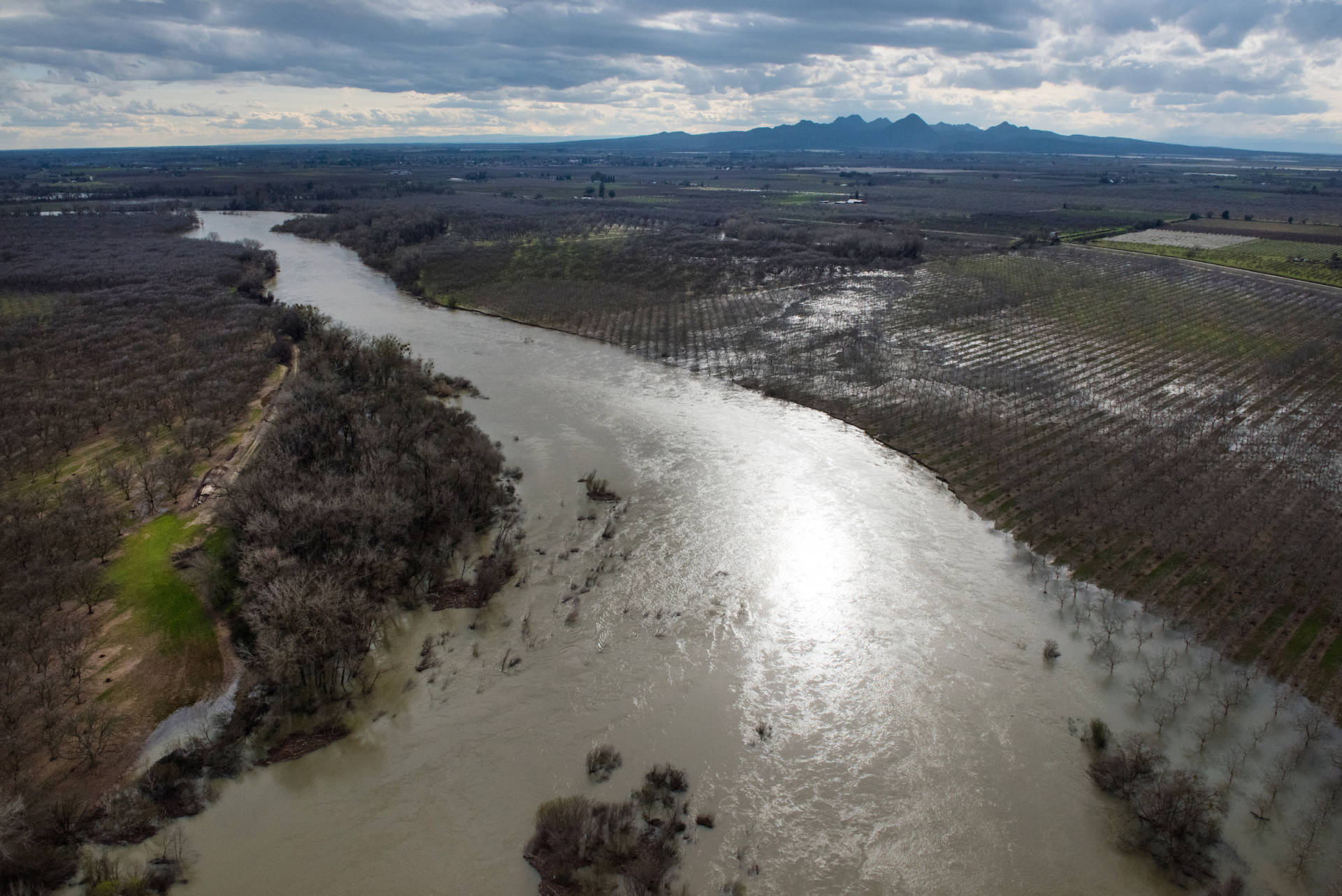A big Butte County walnut rancher has filed a $15.45 million claim against the state Department of Water Resources, alleging the agency is responsible for damage suffered after the Oroville spillway emergency in February.
JEM Farms and Chandon Ranch -- jointly owned properties that straddle the Feather River 17 miles below Oroville Dam -- say they lost a total of 27 acres of land because of the way the water agency maintained and operated the spillway before, during and after the February crisis.
"Our investigation shows the Department of Water Resources failed to address a known hazard, and made only Band-Aid repairs," attorney Niall McCarthy of Burlingame-based Cotchett, Pitre & McCarthy said in a statement. “For years, the State of California knew the gated spillway would fail, but chose to roll the dice with the safety and property of the residents of Oroville.”
Large water releases at the height of the incident were followed by an abrupt reduction of flows on Feb. 27, leading to widespread bank collapses downstream from the dam.
As land collapsed on the two farm properties -- the parcels total 2,000 acres, with JEM having 4 miles of frontage on the river's east bank, Chandon three-quarters of a mile on the west -- sections of their walnut orchards dropped into the river, too.
